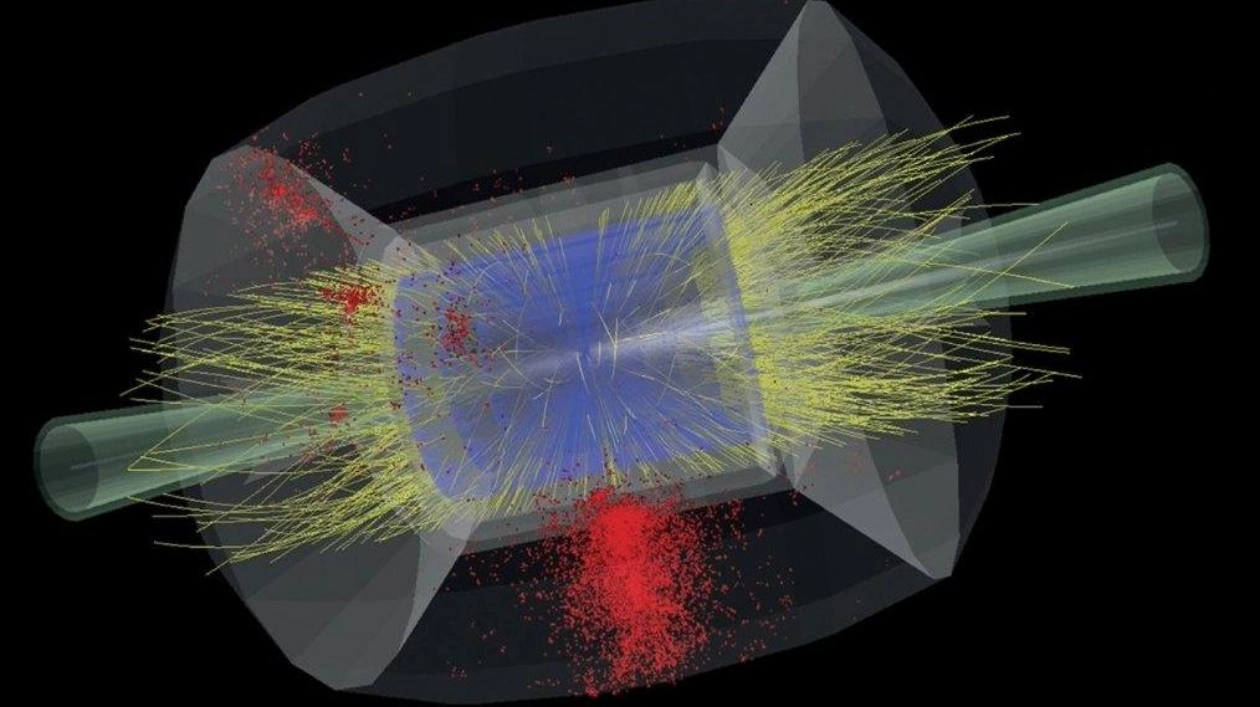Muons are making strides. In a significant advancement for future particle physics experiments, scientists have successfully cooled and accelerated a beam of muons. These subatomic particles, which are heavier counterparts of electrons, could be accelerated and collided at future particle colliders, potentially revealing new insights into the nature of physics. However, before this can happen, scientists must first figure out how to boost the speed of muons.
Interestingly, the process begins with slowing down the muons. In particle beams, muons initially move in all directions. To create a beam suitable for experiments, the particles need to be slowed down and then reaccelerated in the same direction. This slowing, or cooling, was first demonstrated in 2020. Now, scientists have not only cooled muons but also accelerated them in an experiment at the Japan Proton Accelerator Research Complex, or J-PARC, in Tokai. The muons reached a speed of about 4 percent the speed of light, or roughly 12,000 kilometers per second, according to a report published on October 15 at arXiv.org.
The scientists first directed the muons into an aerogel, a lightweight material that slowed the muons and formed muonium, an atom-like combination of a positively charged muon and a negatively charged electron. A laser then stripped away the electrons, leaving behind cooled muons that were subsequently accelerated by electromagnetic fields. Muon colliders could produce higher energy collisions than machines that smash protons, which are composed of smaller particles called quarks. Since each proton's energy is distributed among its quarks, only part of the energy is used in the collision. Muons, on the other hand, have no smaller components and are also preferable to electrons, which lose energy as they circle an accelerator. The larger mass of muons makes them less susceptible to this energy loss.
In addition to colliders, muon beams are valuable for experiments such as measuring the particles' magnetic properties, a subject that has puzzled physicists.
Source link: https://www.sciencenews.org






